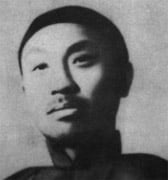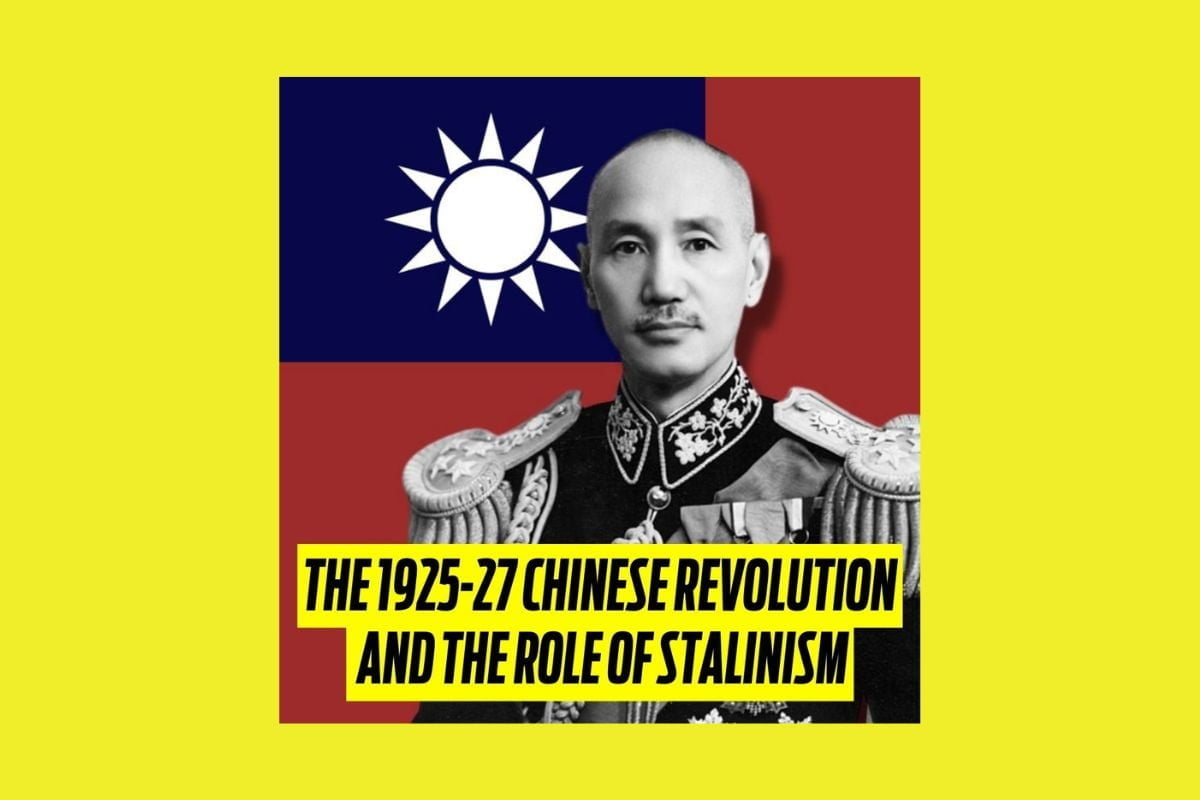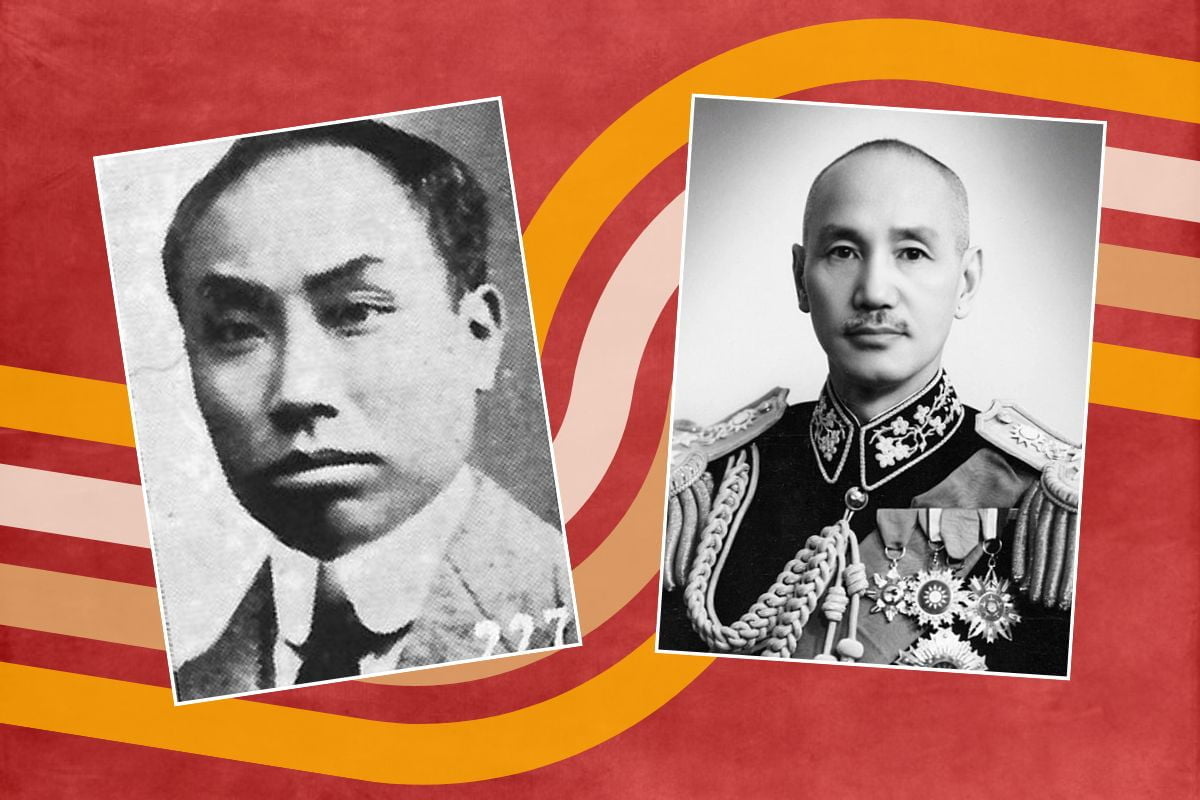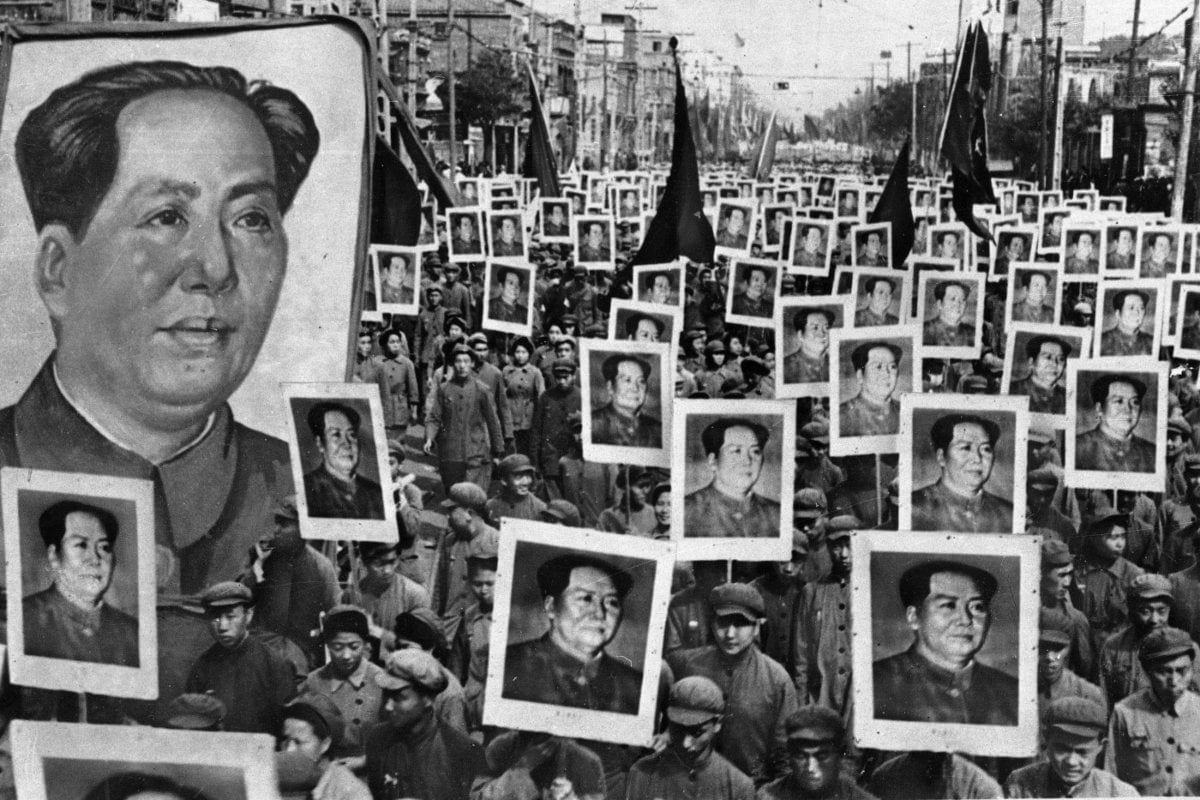In 1919 progressive minded intellectuals hoped the
Versailles Treaty after the First World War would end China’s humiliating
semi-colonial status. When the imperialist powers betrayed these hopes, the May
4th Movement led by Chen Duxiu marched in Beijing behind the slogans
“Science and Democracy”. The voice of progress, promoting cultural awakening,
enlightenment and modernization, was the journal “New Youth”. It said:
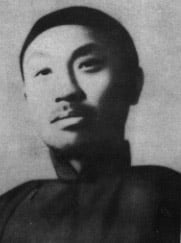
|
| Chen Duxiu |
“Be independent not servile,
be progressive not conservative,
be aggressive not retrogressive,
be cosmopolitan not isolationist,
be utilitarian not impractical,
be scientific not visionary”
The Confucian doctrines of filial piety, subordination and
authority were to be smashed, mysticism eliminated, the patriarchal family
destroyed, women liberated, their feet unbound and “cannibalistic” culture
overcome. The best ideas from all over the world were to be adopted and applied
to invigorate China. The search for social forces able to bring progress led to
the working class; the search for a model to the USSR; the search for theory to
Marxism. The foundation of the Communist Party by Chen Duxiu was the culmination of this process.
Following the defeat of the urban revolution in 1927,
partly because of the disastrous advice given to the fledgling Chinese
Communist Party by Stalin and the Communist International, Mao improvised a
distorted form of ‘Marxism’. They fought guerilla war based on the peasantry
over two decades of the Chinese civil war. This led to the consolidation of
military-bureaucratic power in economically backward areas. This in turn
produced administrative structures based on temporary alliances and deals, with
warlords, gangsters, rich peasants, petty merchants, monks, feudal lords and
the like. The Maoists maneuvered between these forces whilst “the barrel of a gun” determined
ultimate power.
Thus in 1949 Liberation took a military-bureaucratic form
instead of a proletarian-democratic form as the peasant army marched into the
cities. The Maoists were confronted with all the problems that stem from
economic and cultural backwardness. Class interests were not represented
through democratic organizations. The ‘mass movements’ that came into being
were bureaucratically organized – tools in the battles between leading cadres
and individuals, determining the processes of change.
Often apparently clever
policies worked for a period then broke apart in violent conflicts. For example
policy in Tibet after Liberation was based on reforming feudalism and theocracy
by leaning on progressive minded layers of the elite like the Dalai Lama. He
initially supported modernization and progress, was open to reform in Tibet and
admired Mao’s apparent sensitivity to Tibetan culture. However feudal forces
totally opposed to reforms surrounded the Dalai Lama and raised the slogan of a
‘Free Tibet’. Army Marshall Chen Yi on visiting Lhasa said, “If one holds the hills where the Potala (palace) and Jagpori Medical
School are, one controls Lhasa.” Thus if persuasion failed, the military-bureaucratic option was
always held in reserve by Beijing.
At a mass meeting of peasants in Hunan province in 1959
under the slogan ‘Happiness through Communism’ there were two points for
discussion.
1. The building of a
new canal.
2. The building of
communism.
After opening the meeting the chairperson asked if anyone
had comments about the agenda. One peasant stood up:
“Comrades we all know there is no
wood, no bricks, no nails and no cement. So let’s move straight to the second
point on the agenda.”
By the late 1950s the uneasy balance of forces nationwide
broke down as the ultra-left tendency within the regime attempted to overcome
backwardness by diktat. The previous period of concessions to feudal interests
provoked a sharp reaction, and private land was bureaucratically eliminated.
All over China huge communes were created, which were supposed to overcome
backwardness at a stroke.
Since Liberation, wild
swings in policy by the Communist Party of China reflected not just the will
and madness of individuals or factions, but also the balance of class forces
and bureaucratic tendencies when confronting the problem of development.
For the Chinese masses
the 2008 Olympics symbolize that the Peoples’ Republic has come of age. The
success of its poverty eradication program has no historical parallel; from
being a nation governed by superstition it sends rockets to space, feeds itself
and is building modern cities housing hundreds of millions. The rate of
economic growth and urbanization is unparalleled. However all these advances
are tempered by increasing inequality, corruption and exploitation. A sharp reaction by the masses is inevitable.
The prolonged boom in the Chinese economy is based on the shift from a rural to
an urban society, creating primitive accumulation and fostering massive state
and private investment. This process has brought into being a working class
whose presence is felt in the commodities used and the clothes worn everywhere,
soon they will influence how we live and think.
The struggle for the
democratic control of work and planning flows automatically from the condition
of the Chinese working class. A modern harmonious and Socialist Peoples’
Republic is only possible as an egalitarian society based on the fraternal
union of the workers and poor of all nationalities.

